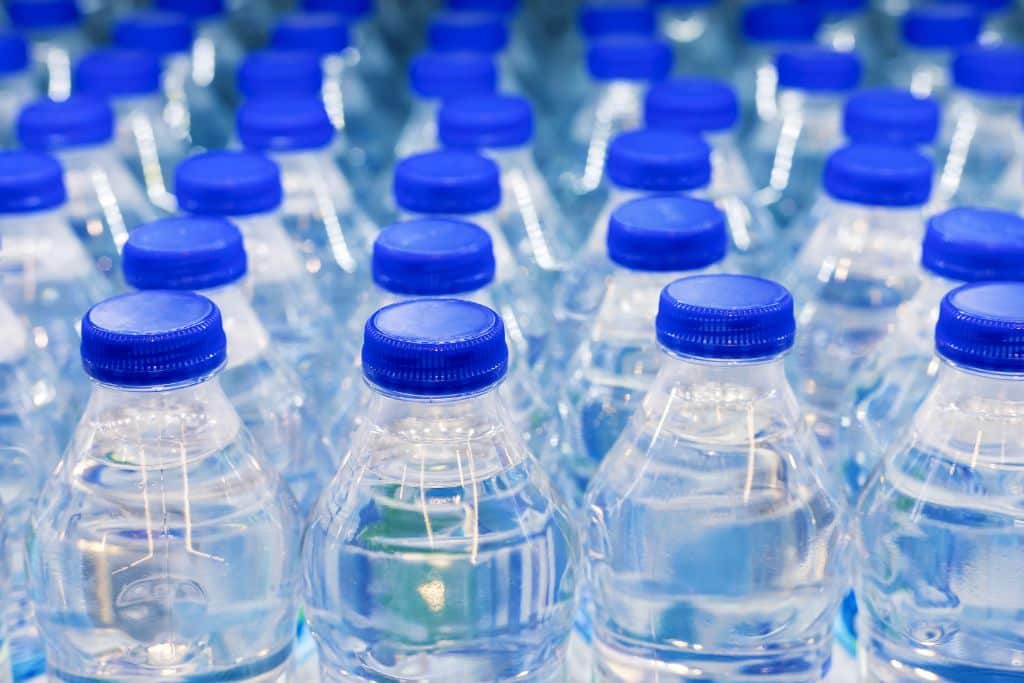Researchers identified up to seven types of plastic in bottled water, 90% of which are small enough to enter the bloodstream and impact organs.
—
There are about a quarter of a million plastic particles in the average one-liter water bottle, up to 100 times more than previously estimated, new research has found.
The trailblazing study, published Monday in the scientific journal Proceedings of the National Academy of Sciences (PNAS), looked at five different water bottles from three popular brands, which researchers declined to identify. They found, on average, 240,000 particles from seven different types of plastic, mostly in the form of nanoplastics.
While previous research has focused on well-known microplastics, fragments of plastic smaller than 5mm and larger than 1 micron (1/1000th of a millimeter) in length, nanoplastics, which measure less than one micron and are no wider than a human hair, are believed to be even more toxic since their smaller size makes it easier for them to enter human organs and bloodstream.
“This study provides a powerful tool to address the challenges in analyzing nanoplastics, which holds the promise to bridge the current knowledge gap on plastic pollution at the nano level,” said Naixin Qian, lead author and a chemistry graduate student of Columbia University.
Research on the real effects of nanoplastics, however, is still underway.
“We don’t know if it’s dangerous or how dangerous. We do know that they are getting into the tissues (of mammals, including people) … and the current research is looking at what they’re doing in the cells,” said study co-author Phoebe Stapleton, a toxicologist at Rutgers.
You might also like: Are Microplastics Harmful and How Can We Avoid Them?
Sherri Mason, who is behind a 2018 research that found micro- and nanoplastics in bottled water for the first time, described the findings as “exceedingly impressive” and “groundbreaking.” The 2018 study found that 93% of bottled water contained an average of 325 plastic particles – mostly smaller than a human hair – per liter, 22 times more than tap water. At the time, however, no one knew about nanoplastics, meaning Mason and colleagues had no way to analyze them.
“People don’t think of plastics as shedding but they do,” Mason, who is also the director of sustainability at Penn State behrend in Pennsylvania, told CNN. “In almost the same way we’re constantly shedding skin cells, plastics are constantly shedding little bits that break off, such as when you open that plastic container for your store-bought salad or a cheese that’s wrapped in plastic.”
In a statement in response to the study, the International Bottled Water Association said there is still a “lack of standardized methods and no scientific consensus on the potential health impacts of nano- and microplastic particles,” and that “media reports about these particles in drinking water do nothing more than unnecessarily scare consumers.” The Association did not comment on the findings of the study citing “very limited notice and time to review [it].”
You might also like: 10 Facts About Plastic Pollution in the Ocean You Need to Know


















